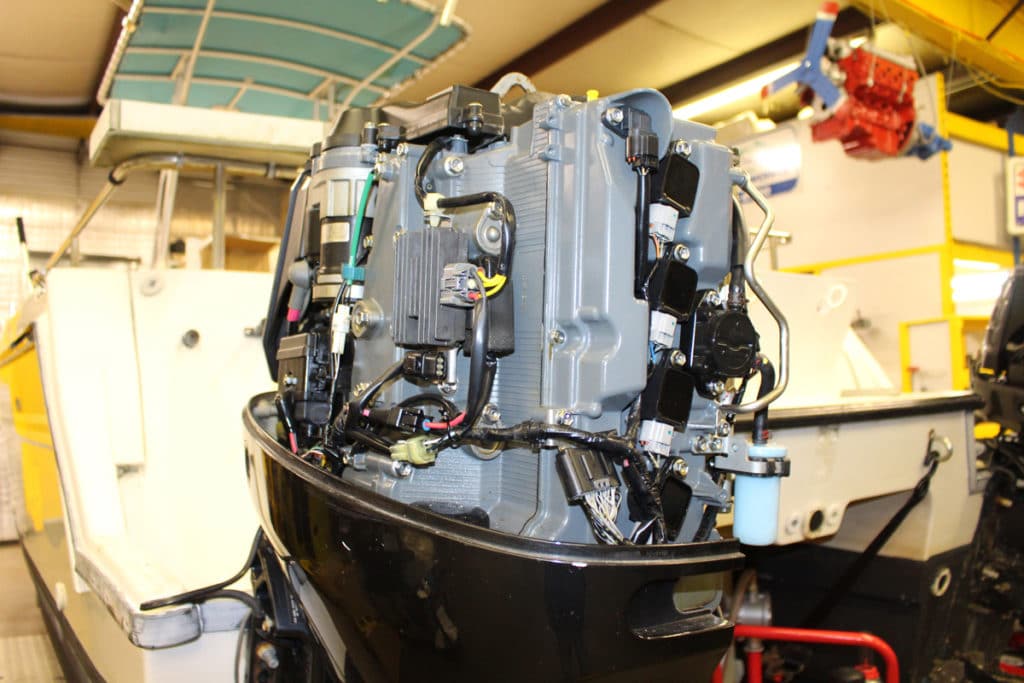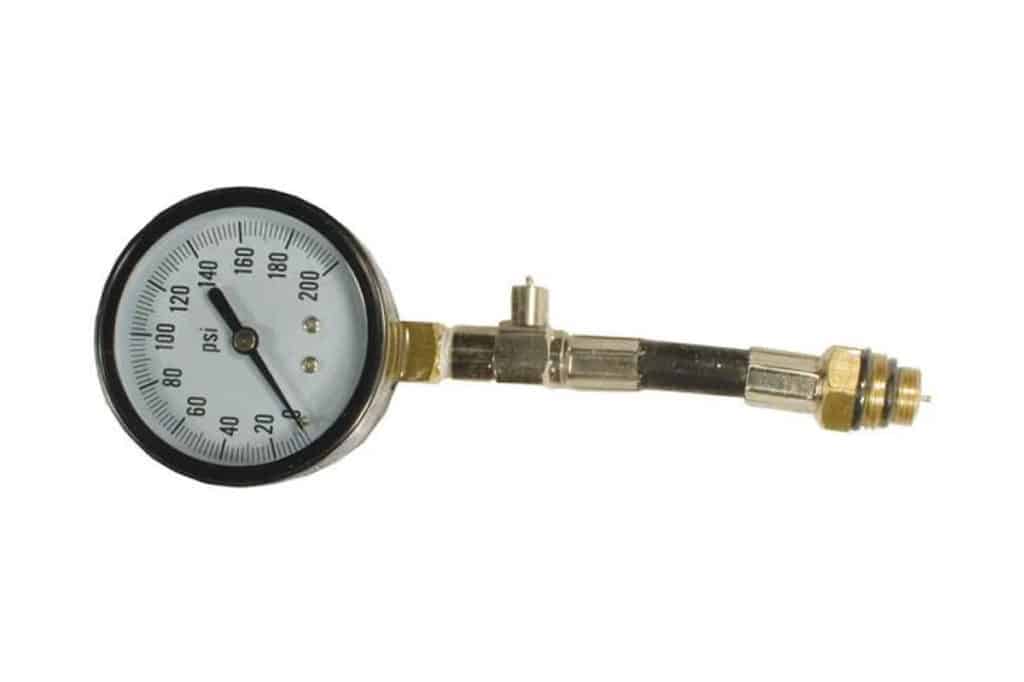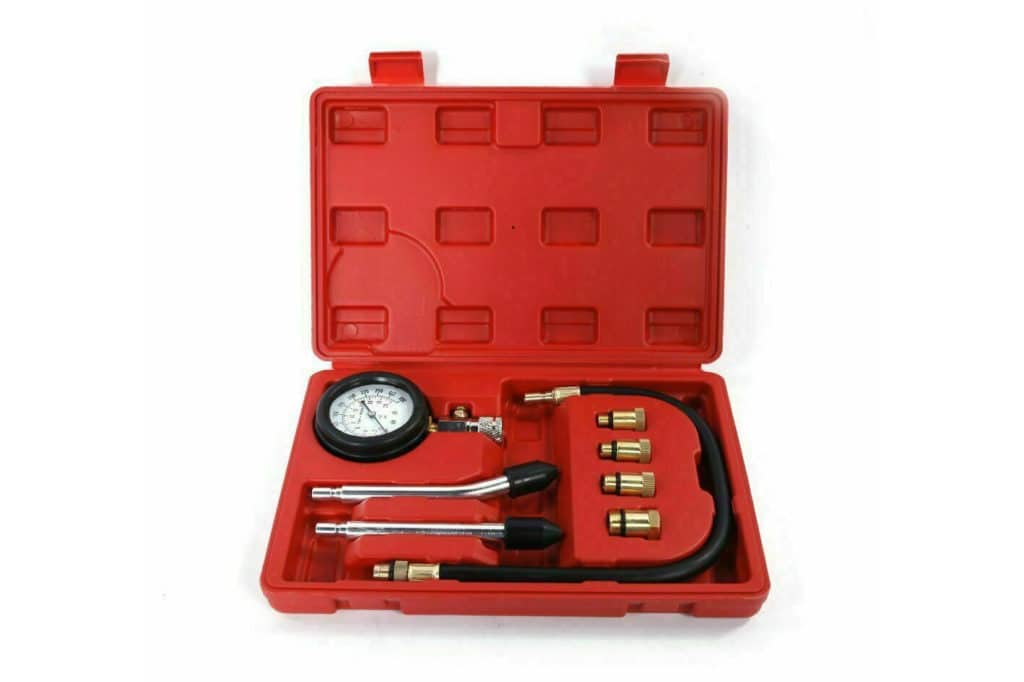
When someone’s shopping for brokerage boats with outboard motors, one thing they’ll hear over and over is that they should check engine compression before making any purchases. But, what is a compression test in the first place? What do the results mean? And, just what does it tell potential boat owners?
A compression check measures how much pressure is built up by the motion of the pistons in each individual cylinder. As a piston goes up and down inside the cylinder, the piston rings create a seal against the cylinder wall. At the top of the piston’s upstroke, fuel and air are compressed before ignition via the spark plug. With age and use, the engine’s internal parts can wear and over time their compression abilities degrade. The compression test is a great way to find out if a cylinder is damaged and is losing compression, without having to open the engine up and look inside.

If you’re worried that learning how to check compression for your outboard will be difficult, it’s actually very simple. That said, it’s best done with two people, so one can turn the key and crank the engine while the other person operates the gauge. Otherwise, if you’re alone you’ll have to go back and forth from the helm to the motor over and over again. When performing a compression test, some pros recommend warming up the engine first, but some others don’t. Same goes for advancing the throttle versus leaving it in the neutral position. In any case, neither step is critical to getting informative results.
The first step is to remove the engine’s cowl and then all of the spark plugs. Next, screw the end of the compression gauge (they’re inexpensive and readily available in most auto parts stores, though you may need to purchase an adaptor to fit different threads) into the first cylinder. Crank the engine for about five seconds so it turns at least five times, then look at the gauge and record the psi reading. After you’ve written the results down, remove the gauge and screw it into the next cylinder. Repeat the process until you’ve recorded the compression readings for all the cylinders.

Note that the engine won’t be able to fire up because the spark plugs have been removed. However, on many outboard models fuel will still be injected into the cylinder. So, a compression test should never be performed near an open flame or while smoking.
Read More: Yacht Maintenance
Okay: now you have a set of numbers written down, but just what do they mean? It would be nice if we could say they should be between “X” and “Y” psi, but different outboard sizes, makes and models will produce different results. The critical thing to look for is variation in the readings. All of the cylinders should show a psi within about 10 percent of each other. A lot of variation in the readings indicates that one or more of the cylinders has a problem, and therefore, running the engine could be a risky proposition.

Deviations in compression can be caused by a number or problems, but all of them are significant. A cylinder could be scored, the rings could be worn, or one of them could be broken (in which case there’s a good chance you also have a scored cylinder), or there could be a carbon buildup causing the rings to stick. If two adjacent cylinders show low compression, there’s a strong possibility the head gasket is bad between those two cylinders. In any of these cases, however, the bottom line is the same: significant repair bills will likely be in the future. And if you ignore the problem and continue using the engine, catastrophic damage could be the end result.









